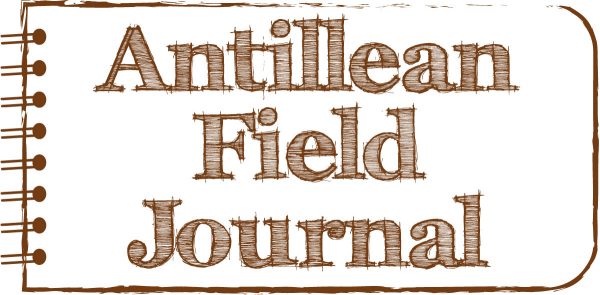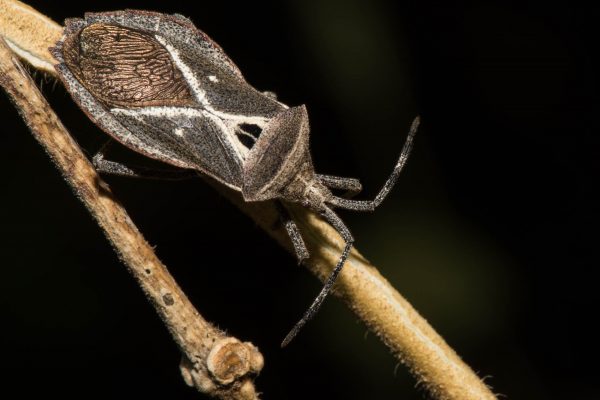
Get an inside look at science as it happens in the Caribbean. This week we document biodiversity in St. Martin.

I recently did a rapid assessment of biodiversity at two sites on St. Martin. Environmental Protection in the Caribbean (EPIC) is restoring habitat there—planting native trees to make the sites better for local plants and animals. I was there to record all the lizards, insects, spiders, snails and other small animals I could find.
Many truths about Caribbean field biology are seen in this little project. For starters, it was a little project. I studied each location for just a day. I started in the afternoon and finished in the dark with the animals that come out at night. With an infinite budget, I could have spent weeks, months or years studying these sites. I could have set traps and dug into the soil. The longer you look, the more you can find.
There’s never enough time, but we make the most of the time we have. I found over 70 species at each site. Field research is science, but there can be an art to it as well. One needs knowledge of the area, familiarity with local wildlife and perhaps a bit of luck to be successful.
There’s no rule book for this work. There are established methods for finding, counting and identifying animals in the field, but each project is different. Different techniques are used for insects or lizards or birds. Different tasks might be needed depending on the end goal.
For this project, there were multiple goals. One was to know what animals lived in each location. This tells us which species can benefit from the habitat restoration. For this, it is often important to focus on key species, like ones that only live on St. Martin. Improving habitat for these species may be more valuable than improving habitat for common species.
For a habitat restoration project, it would also be ideal to compare data from before and after the project. After a successful restoration, more species might be living in the same area. This is a big challenge for a rapid study. It usually takes a lot of time to have enough data to make these comparisons.
This project also has educational and citizen science components. With this in mind, I took photos to document the species I found. These photos can be used in school presentations, or in a tool for citizen scientists surveying the area.
One other way that this little survey captured the essence of field research was in the moments of discovery. Amidst all the familiar critters, there are always new surprises. Coming across a group of squash bugs I had never seen before was a real treat. It is this—perhaps more than anything else—that keeps us going out into the field.
